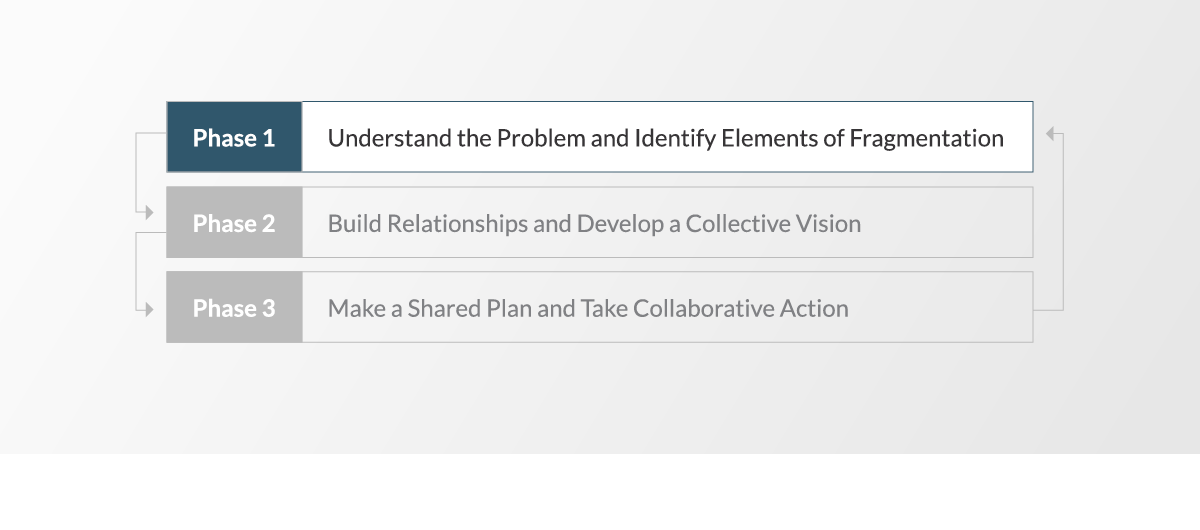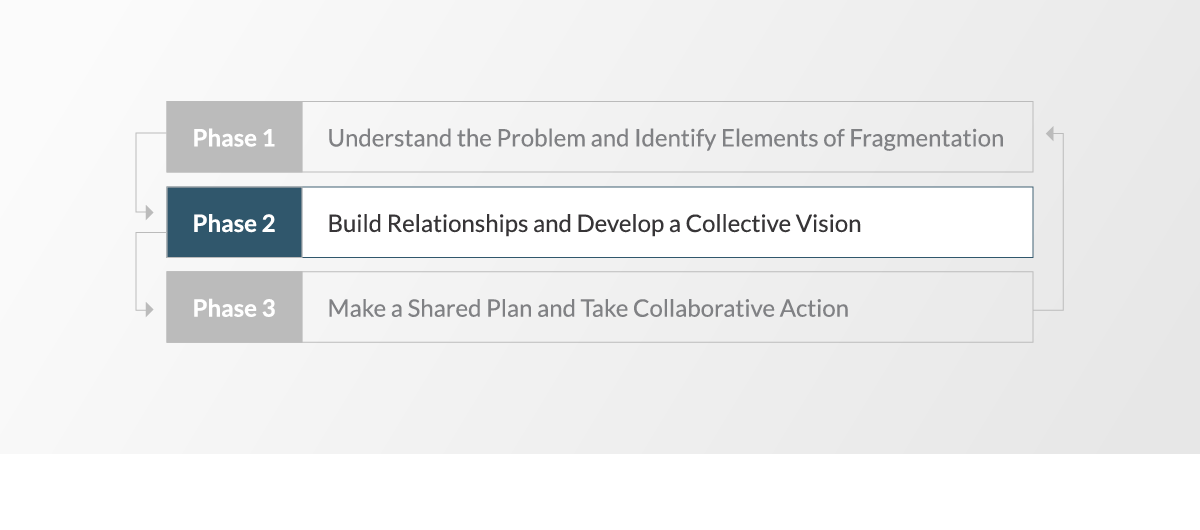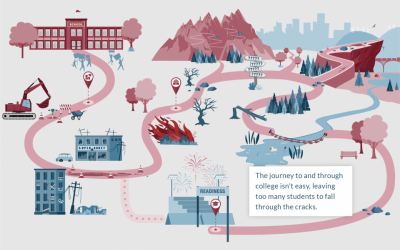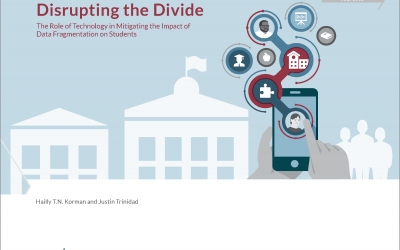Presentation Navigation
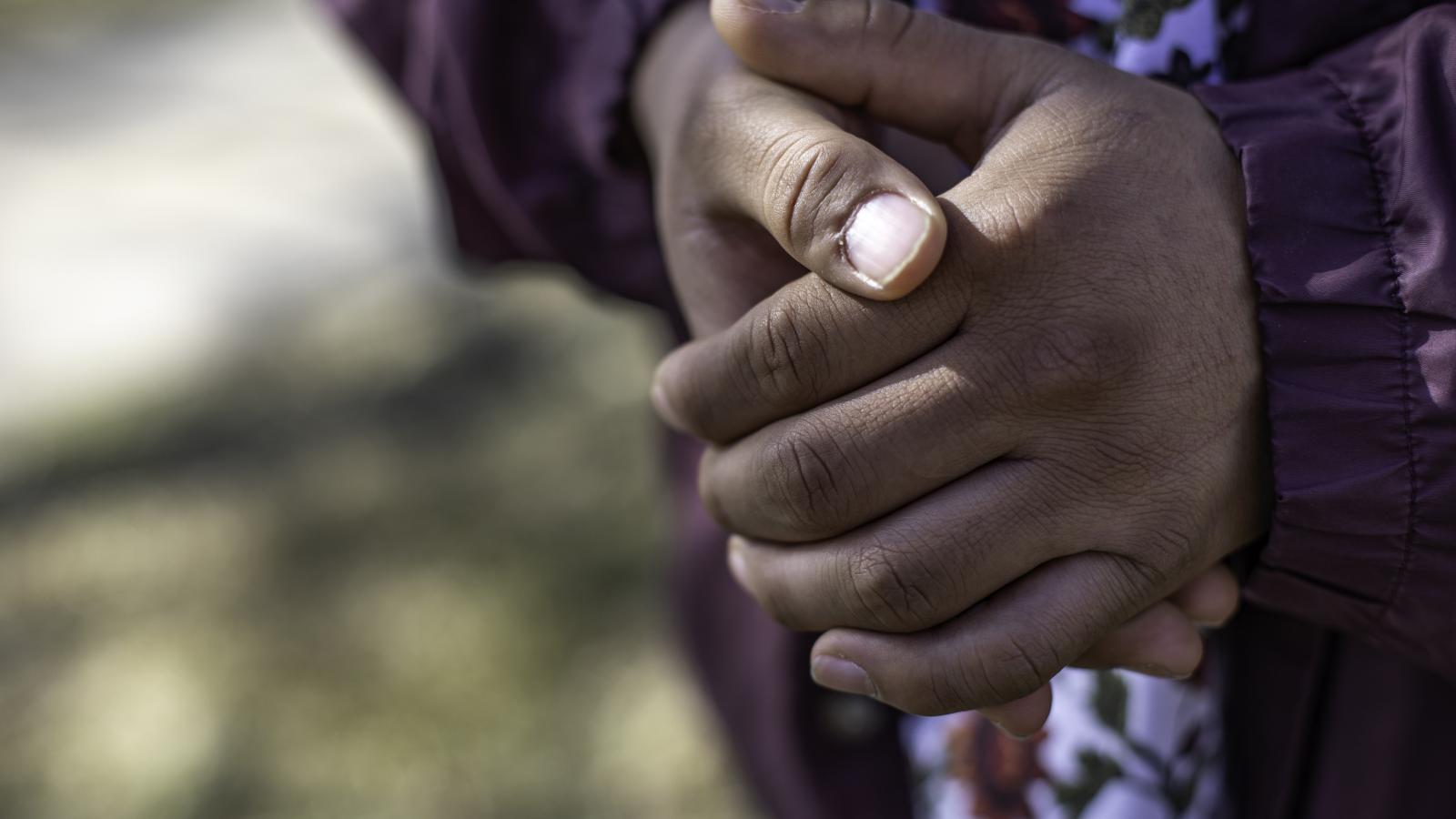
Our Role
We help communities across the country move away from fragmentation and toward coherence. This happens when young people and leaders from school districts, juvenile justice systems, community nonprofits, homeless shelters, workforce development agencies, foster care agencies, and more work together. We shift mindsets to center young people. We identify where and how fragmentation hinders progress. Through a collaborative process to identify high-priority problems and implement inclusive, effective solutions, young people who face disruptions can move toward leading the lives they want.
To center youth experiences, enact the four principles of coherence, and clearly identify priorities, we take a human-centered approach that is specific to young people who have had disruptions in their lives. We identify problems and solutions through a focus on the needs, contexts, behaviors, and emotions of the people whom the solutions will serve. Our approach centers young people with the most concentrated and serious unmet needs. If a system works effectively and inclusively for these young people, it serves everyone.
Learn More
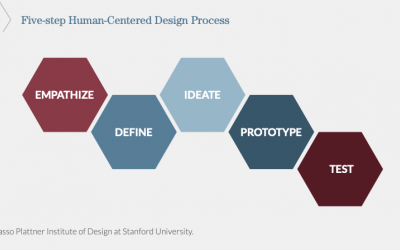
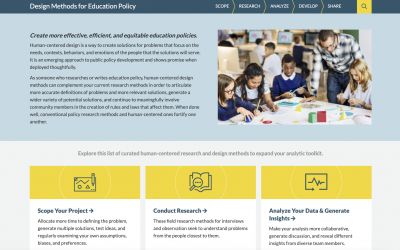
Design Methods for Education Policy
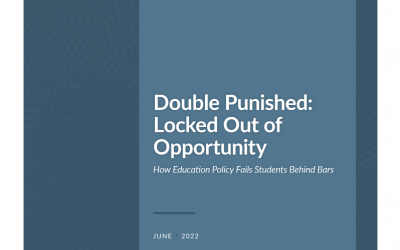
Double Punished: Locked Out of Opportunity
Bellwether has partnered with four communities working at the local, regional, and state levels in California, Louisiana, Tennessee, and Utah. Through our four-phase process, each community has forged stronger relationships across agencies and organizations, built a shared understanding of fragmentation and coherence, and taken the first steps toward a different way of working together, centered on young people.
Phase 1: Understand the Problem
A local leader initiates or convenes a working group to understand the specific challenges and needs of young people in their community. Working group members come from those organizations and agencies serving a shared population of young people, like schools, juvenile courts, child welfare agencies, and community-based organizations. Working group members share a strong interest in addressing fragmentation and have the authority to make changes in their organizations.
The group builds their understanding of youth experiences and perspectives by:
- Hearing directly from young people
- Gathering data on youth experiences and outcomes
- Identifying policies that may contribute to fragmentation
- Connecting with key leaders outside the working group to hear different perspectives and get buy-in
With this data, working group members learn more about how young people in their community experience fragmentation and navigate systems.
Working group members also reflect on their own beliefs and learn from the perspectives of their peers. Thinking about the experience from the perspective of young people leads to a deeper shared understanding of the landscape, problems, and potential solutions.
Learn More
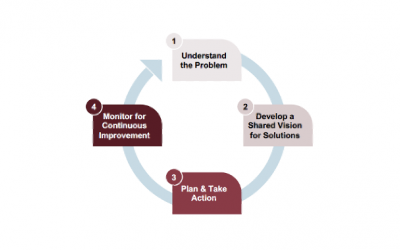
Designing From the Margins Toolkit
In too many conversations about how to meet young people’s needs, one voice is critically missing: those most impacted. If communities want to equitably serve young people, problem solving must start with the young people and families who are experiencing the issue, as outlined in this Designing From the Margins Toolkit.
Phase 2: Build Relationships and Develop a Collective Vision
Next, the working group collaborates to describe a shared future vision for young people and decides what needs to change to realize that vision.
The working group aligns on a problem statement, which allows all members (and their colleagues) to have a clearer understanding of what needs they are addressing and for whom. Next, it develops a shared aspirational vision for young people that describes what their experience looks and feels like once the problem is solved. After that, the group is better able to identify what needs to change to achieve that vision.
This happens through a series of conversations and structured activities that promote collaborative decisions. The working group is not only creating a collaborative plan, it’s also building essential skills and relationships for collaboration across organizations and roles — a necessary component of a coherent system.
Phase 3: Make a Shared Plan and Take Collaborative Action
After identifying the problem, vision, and solutions, the working group makes a plan to turn ideas into real change. At this point, the working group develops the metrics and measures of success to track progress. These metrics hold each organization accountable, provide signals about what’s working, and support future collaboration. This road map outlines how agencies will continue to work together in the long term.
The shared plan enables each working group member to be a champion of coherence in their role. Sustained coordination and communication depend heavily on the relationships and trust built in the previous two phases. In time, each working group member will shift how they work. There will be more communication, transparency, and collaboration within and across organizations. And as the plan and its metrics become embedded in the everyday work, coherence will begin to take root.
-
Tactical Solutions
Tactical solutions are the practices that meet the needs, wants, and constraints of the people experiencing the problem. In a fragmented system, these are often the “workarounds” that people already use to meet needs.
-
Policy Solutions
Policy solutions ensure that rules, regulations, and allocations of resources facilitate effective practices. Sometimes a solution is simply removing a policy that constrains those practices.
Phase 4: Continuous Improvement
As the plan turns into action and coherence grows, new possibilities emerge. Organizational leaders might learn even more about youth needs or identify new solutions that weren’t previously feasible. Successful strategies for addressing disruptions early will make more resources available to reinvest in higher-quality services for more community members.
In this way, the single working group and planning process can kickstart a positive cycle of coherent, youth-centered continuous improvement throughout a community.
Learn More
Our Logic Model
We follow each of these four coherence phases when we partner with communities that are working to better serve young people. The goal is to shift mindsets, build skills and knowledge, and collectively improve education and life outcomes. Starting here allows communities to find the solutions that fit their local context.
A logic model is a high-level overview of processes, goals, and strategies. A logic model also serves as an “if-then” road map to the inputs, processes, and outcomes we expect. For Bellwether, that includes:
- Inputs: Resources we need to ensure successful engagement
- Processes: Goals, activities, and strategies we use in each phase
- Outcomes: The short- and long-term impacts we anticipate
Just like Bellwether’s approach to working with different communities, our logic model is not static. We tailor our work to each community’s unique needs and context, developing specific outputs and outcomes in a collaborative manner. We also use the logic model to plan for evaluation by visualizing each phase and identifying the adjustments that position local leaders for success.
Learn More

Logic Model
Just like Bellwether’s approach to working with different communities, our logic model is not static. Our work is collaborative, tailored to meet each community’s unique needs and context.
